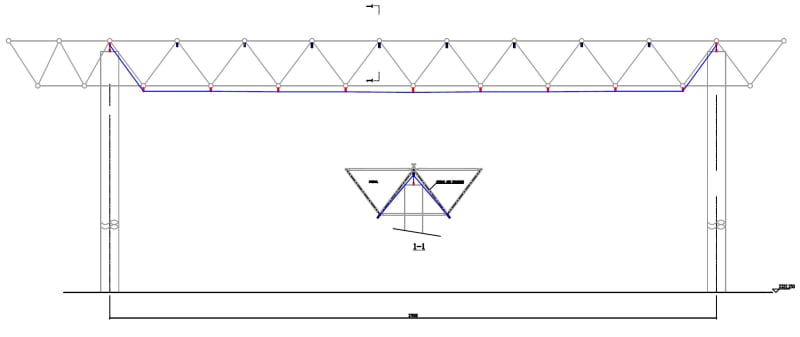eslah
Structural
- Oct 18, 2019
- 8
Dear all,
I'm currently working on an old 3d steel truss in order to strengthen it. Du to resent renovation, the DLL became heavier and deflections appears on the roof.
The idea is how to strenghen this steel structure? I was proposing a solution with steel cables.
Can somone please help or guide me in this reflection?
In advance thank you.


I'm currently working on an old 3d steel truss in order to strengthen it. Du to resent renovation, the DLL became heavier and deflections appears on the roof.
The idea is how to strenghen this steel structure? I was proposing a solution with steel cables.
Can somone please help or guide me in this reflection?
In advance thank you.









